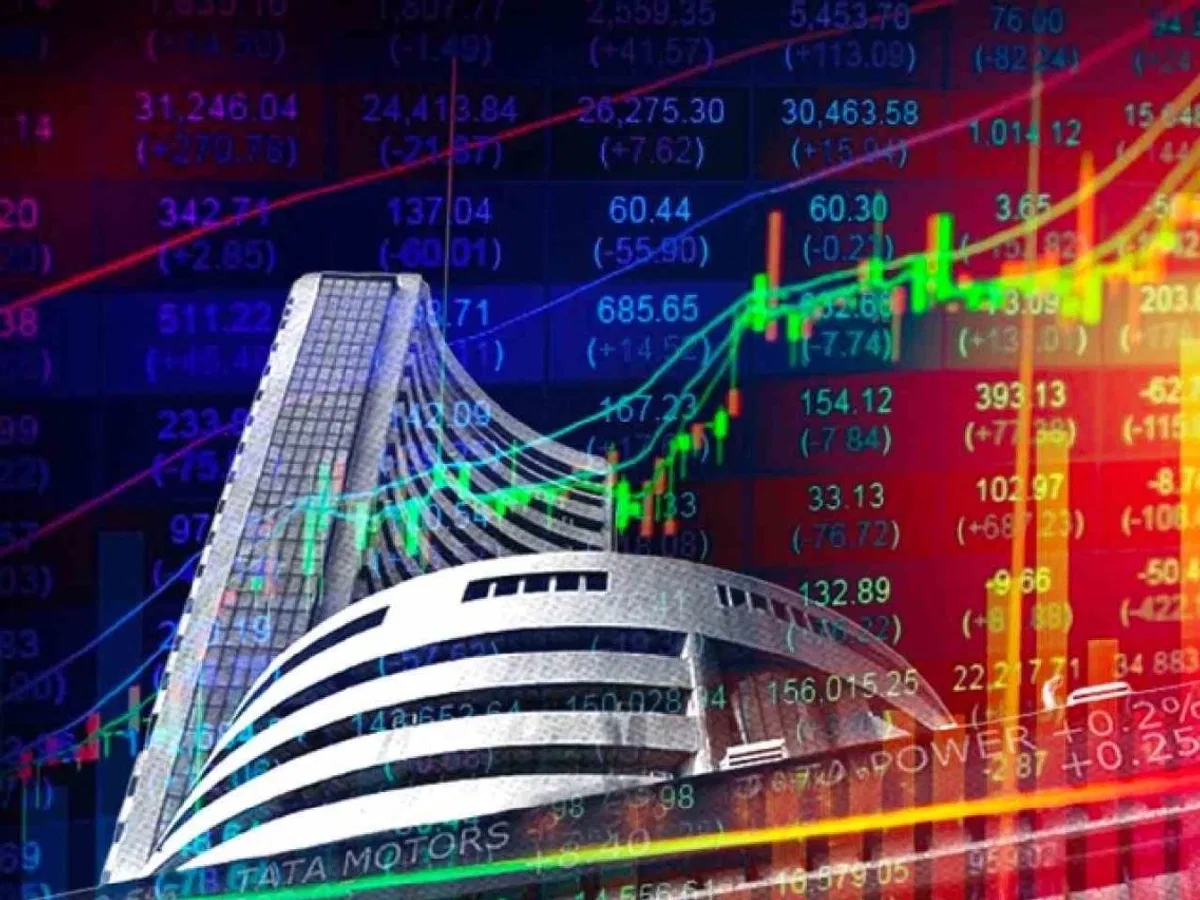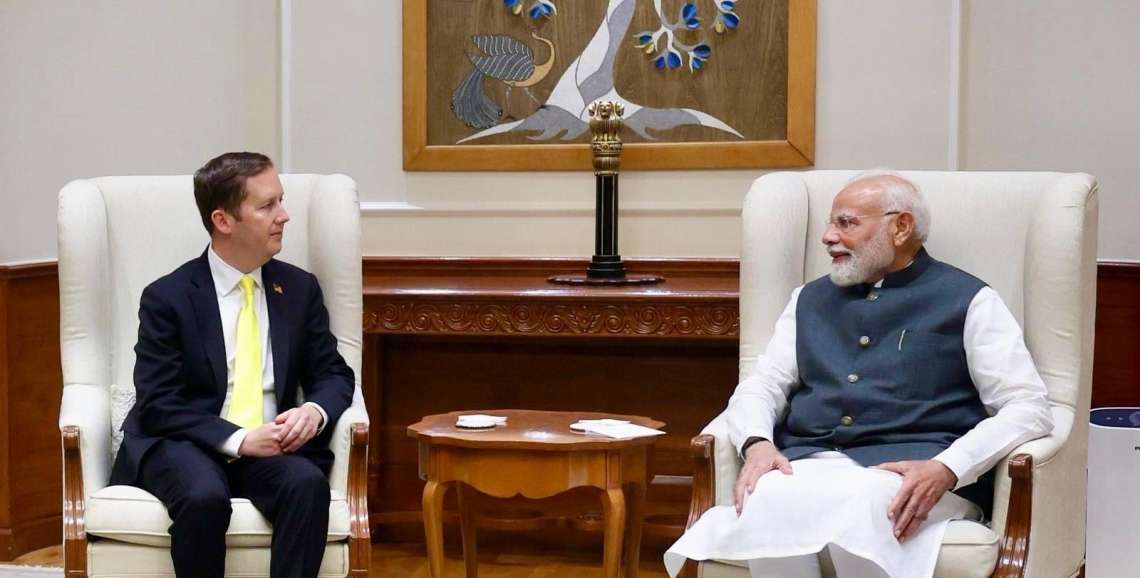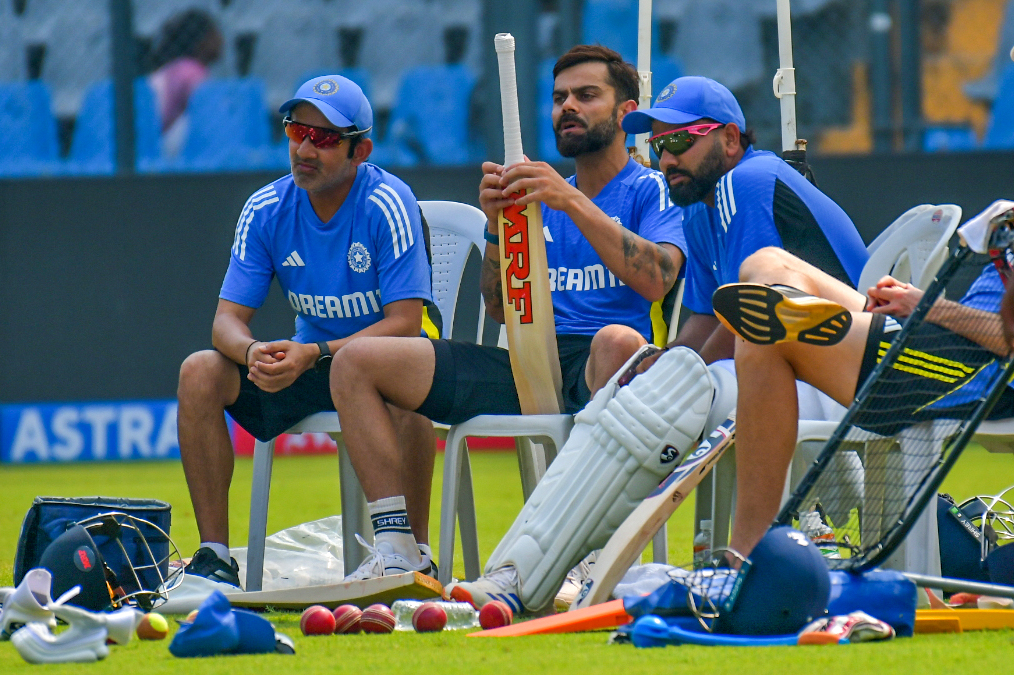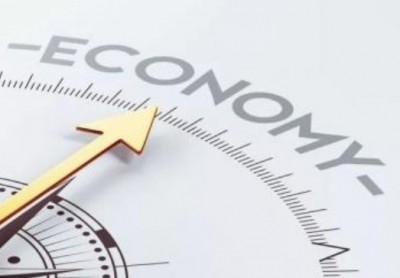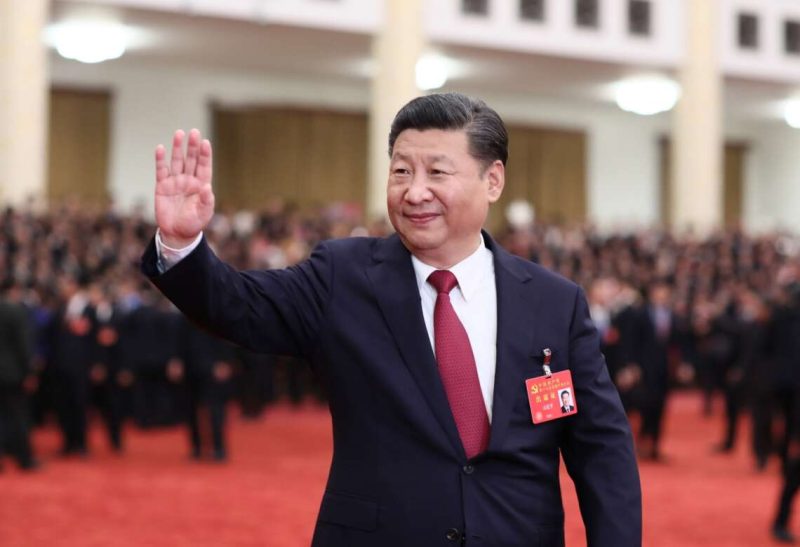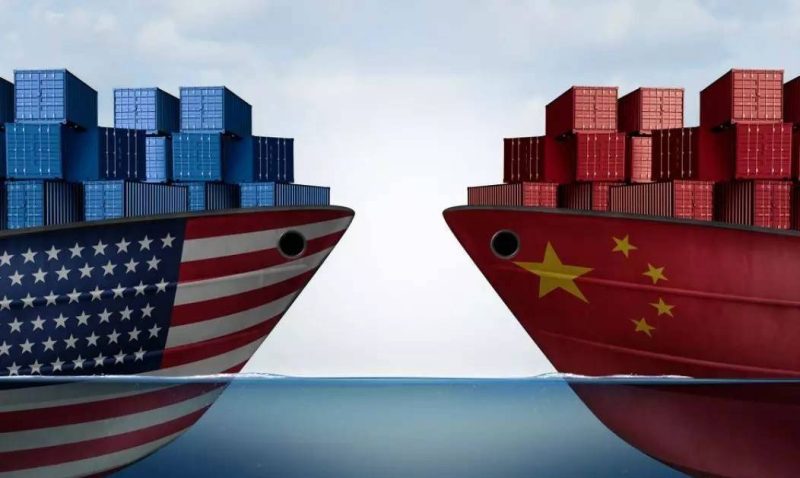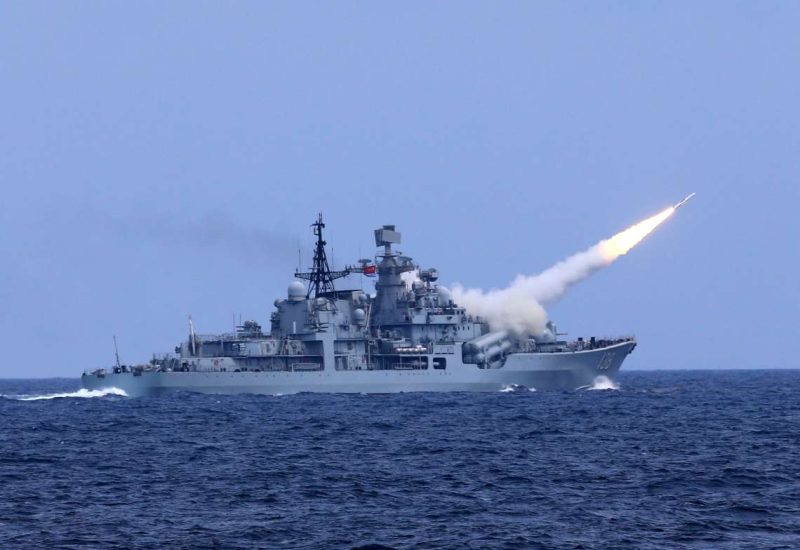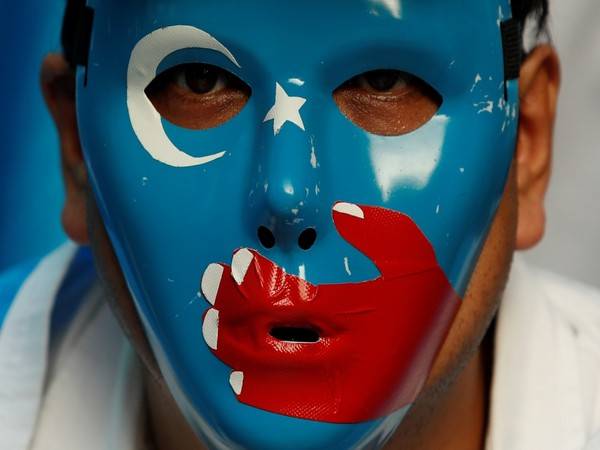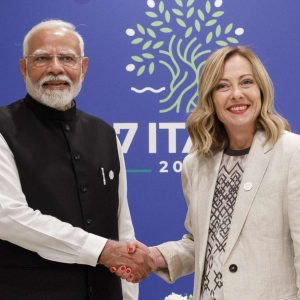India’s real equity returns averaged +6.9% annually since 2000, outperforming China’s modest +4.0% despite China’s robust economic growth….reports Asian Lite News
Indian equity markets have delivered stronger returns compared to China’s equity markets since 2000, highlighted a report by Deutsche Bank
The report noted that while China has experienced robust economic growth, its equity market performance has been relatively modest, with real returns averaging +4.0 per cent per annum since 2000. In contrast, India has emerged as a leader among both emerging and developed markets, offering one of the highest real equity returns of +6.9 per cent per annum over the same period.
It said “India has one of the highest real equity returns (+6.9% p.a.) of the main EM and DM countries in the 2000- 2024 QC”
The report also highlighted that, as of 2024, India and the U.S. are among the few markets trading close to record-high CAPE (Cyclically Adjusted Price-to-Earnings) ratios. This metric, which measures earnings over a 10-year period, smooths out cyclical variations but may not fully account for structural changes in market dynamics.
It stated that at the turn of the millennium, the U.S. S&P 500’s CAPE ratio reached unprecedented levels before dipping in the early years of the 21st century now it has climbed back to heights only exceeded briefly in the last century.
The report also argues that tech dominance, artificial intelligence (AI) advancements, and structural shifts in earnings expectations justify these elevated valuations for the U.S.
It said “The bulls would argue that tech dominance and AI hopes offer the US that structural shift, and perhaps India’s outlook is so positive that investors are prepared to pay up for the potential growth”.
It suggested that India’s positive growth outlook and its potential as a key player in global markets also explain why investors are willing to pay a premium.
Heading into the new quarter-century (2025-2049), the report added that India and the U.S. begin on a high note but remain expensive compared to markets with more normalized valuations. This positions them as markets to watch, with their growth trajectories closely tied to investor confidence in their structural strengths and future prospects.

Deal Volume Up 12%
India saw 11.9 per cent increase in deal volume (year-on-year) in the January-October period, bucking the overall trend in the Asia-Pacific region, a new report has said.
On the other hand, China experienced YoY decline in deal volume by 22.9 per cent during the period, according to GlobalData, a leading data and analytics company.
A total of 11,808 deals (mergers and acquisitions, private equity and venture financing deals) were announced in the Asia-Pacific (APAC) region during January to October 2024, which was a year-on-year (YoY) decline of 4.8 per cent, compared to the 12,406 deals announced during the same period in 2023.
An analysis revealed that during January-October, the number of private equity and venture financing deals declined by 16.3 per cent and 10 per cent, respectively. Meanwhile, the M&A deals volume experienced a marginal YoY improvement during the review period.
According to Aurojyoti Bose, lead analyst at GlobalData, the decline in deal activity in APAC was in line with the global trend wherein all the regions experienced fall in deal volume.
However, the APAC region showcased relatively better performance and experienced only single digit decline whereas most of the other regions experienced double-digit declines, Bose mentioned.
“This could be attributed to the improvement in deal activity experienced in some of the APAC countries, like India,” the report said, adding that this has helped in minimising the impact of decline experienced in other countries within the region.
Meanwhile, Singapore, Malaysia, Hong Kong and Indonesia experienced YoY decline in deal volume by 17.6 per cent, 14.4 per cent, 13.9 per cent and 33 per cent, respectively, during the review period.
According to another report that came out in October, the mergers and acquisitions deal activity in value in India surged 66 per cent in the first nine months this year, outpacing 10 per cent growth globally and 5 per cent decrease in the Asia-Pacific region overall.
The M&A activity in India has been strong in 2024, bucking the trend in the other Asia-Pacific markets, according to a global report from Boston Consulting Group (BCG).
“This highlights India’s unique resilience and appeal. Sectors like technology, media, industrials and healthcare have been key drivers of large deals, capitalising on the ‘Make in India’ initiative,” said Dhruv Shah, Managing Director and Partner, BCG.
ALSO READ: India’s Economy Hits Sweet Spot: Moody’s


